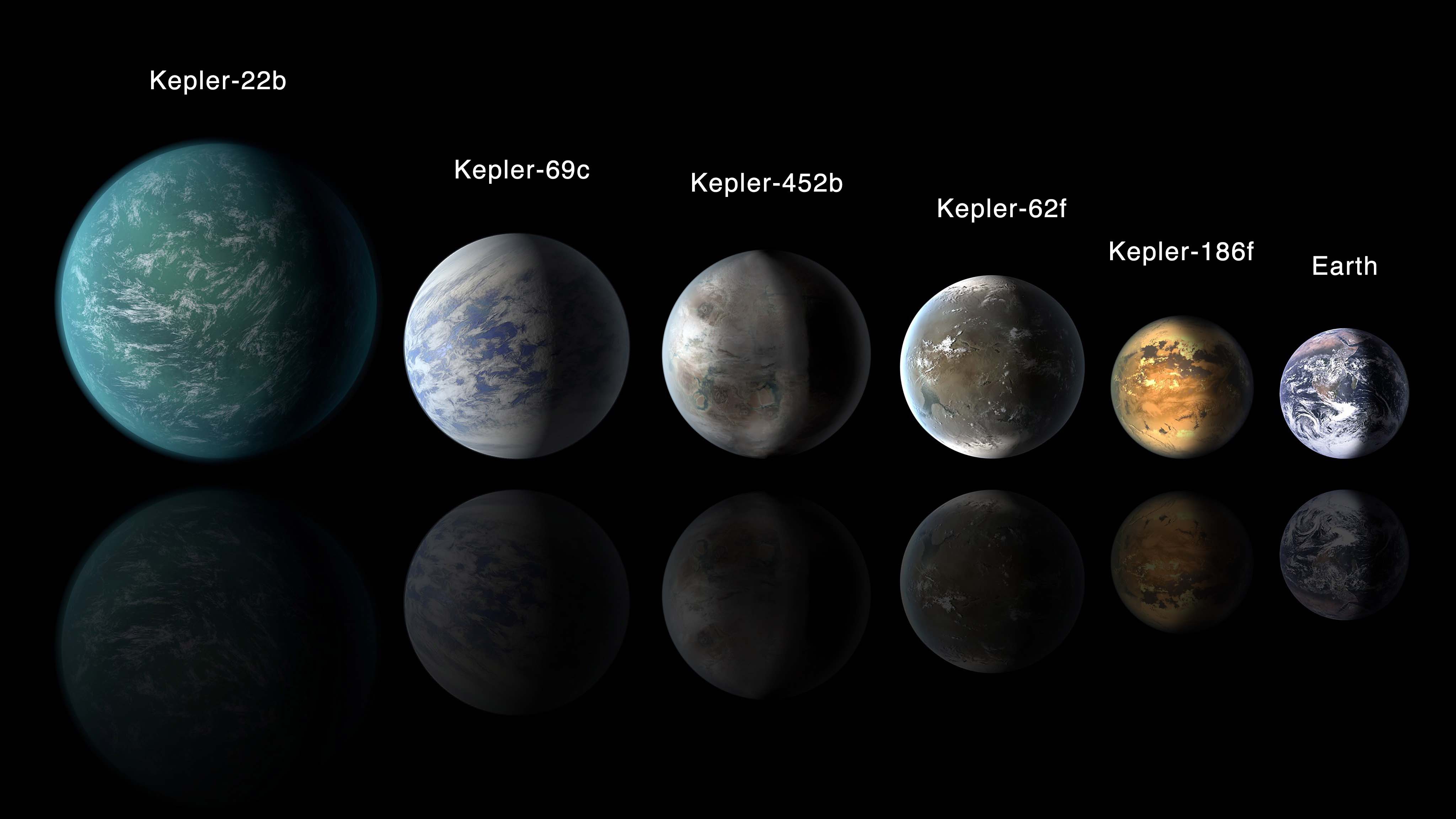Detecting New Planets - Weekly Blog (5/13-5/17)
 |
| Finding another Earth by NASA/Ames/JPL-Caltech |
Summary
There are two techniques scientists use to detect new planets. Of these include the transit method and the doppler technique. Rather than simply looking through a telescope for planets, scientists study the stars. This is because stars are brighter and easier for data samples. If a star's brightness dims slightly, it means a planet is orbiting in front of it. This is the transit method. Another way we detect planets is by looking for changes in the star's velocity. This is the doppler technique. If the star moves slightly, it is caused because of the planet orbiting around it. The motion of a star caused by a planet is called a 'wobble.' The cause for the star wobbling is because the gravitational force from the star acts to keep the planet in orbit, and the force of gravity from the planet moves the star as the planet orbits. The pull results in the star's movement. The larger the mass of the planet, the larger the motion will cause the star. Thus, the smaller the mass of the planet, the smaller the motion will cause the star.
SP2: Developing and Using Models
This week in science, we learned about how scientists use stars to find new planets. By using models, we were able to learn more about the orbital tilt and how it affects the movement and velocity of the star. We were able to see how the planet's orbit affects the star, and how to find new planets. By using models, we were able to interact with simulations and understand more about how planets are found around stars.
XCC: Cause and Effect
This week, I observed a cause and effect relationship between a planet's orbit and stars in our solar system. The cause, a planet's orbit, has two major effects on a star. First, the star's brightness may dim when a planet passes in front of it. Scientists call it the transit when they observe a change in brightness. The next major change in stars is a movement, called a wobble. The planet's gravity moves the star as it orbits. When scientists use this to find new planets, it is called the doppler technique.
Comments
Post a Comment